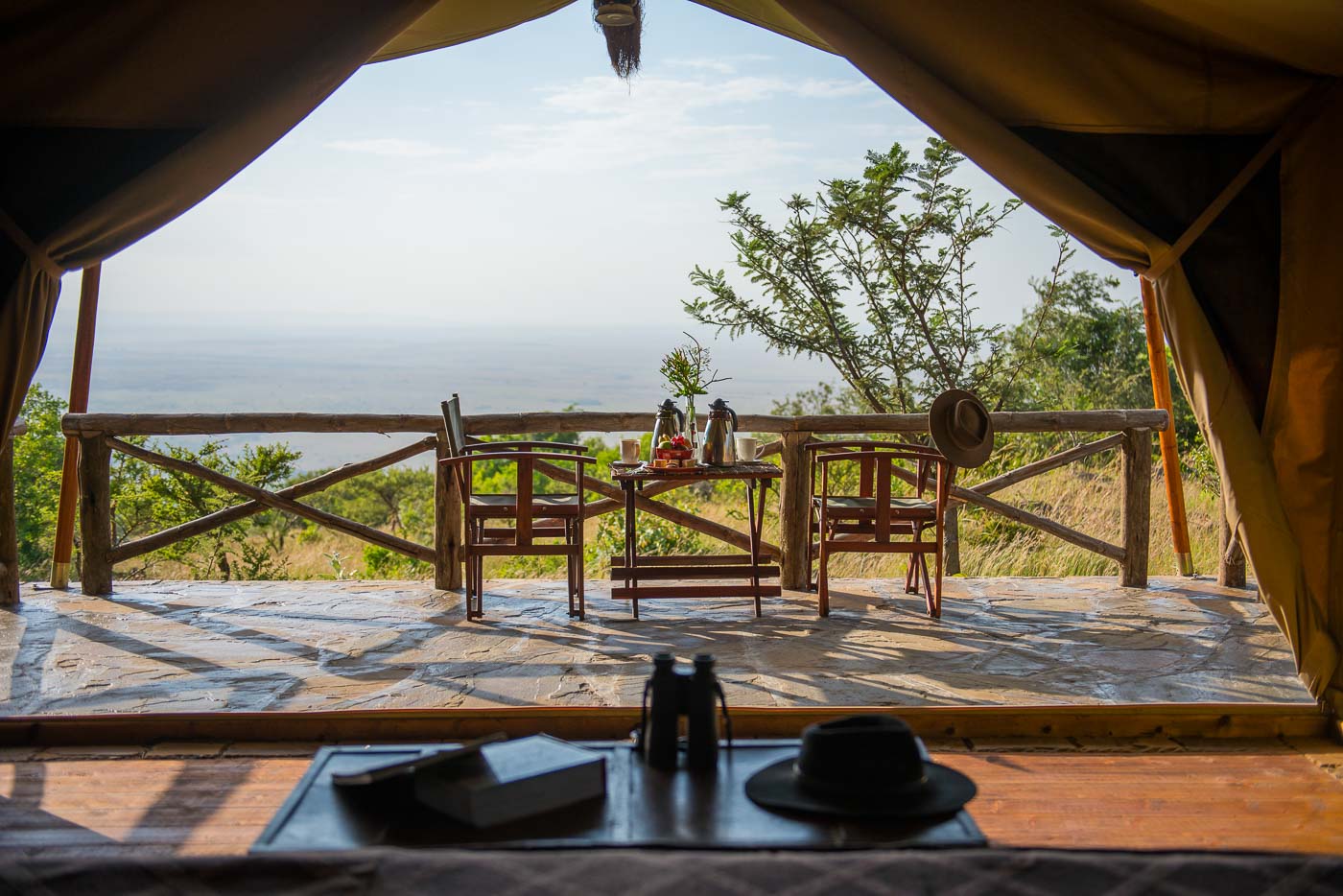As summer vacation season approaches, you may feel drawn to the fresh air, quiet and rugged beauty of the great outdoors. But if you’re looking for accommodations that fall in between a Five-Star hotel and a pup tent, consider glamping. This glamorous version of camping (hence the name) lets vacationers trade sleeping bags and freeze-dried food for safari-style tents, yurts and teepees that provide a touch of luxury alongside the nature walks and wildlife sightings.
While the movement (and the moniker) has been around for a few seasons, the meme has seeped into the mainstream, with high-end camping reservations site GlampingHub.com launching last month and recent references such as Tommy Hilfiger’s summer ad campaign.
“People love to camp, but they’re looking for a little more luxury,” says Isabel Hedges, reservation manager at Fireside Resort in Wilson, Wyo., near Jackson Hole. It’s one of many resorts capitalizing on the trend, and is planning to add six glamping tents to its current collection of wood cabins for the 2013 summer season. For about $200 per night, guests can check into a one-room tent with a hardwood floor and king-size bed with a down comforter, along with cleaning services, and a campfire and picnic area. A shared bathhouse is on the lower end of the luxury scale, but it’s a tradeoff for the chance to see the elk and moose that occasionally wander through the eight-acre property on the outskirts of Grand Teton National Park.
One of the best-known glamping spots is The Resort at Paws Up, a hilly retreat in Greenough, Mont., about 35 miles northeast of Missoula. The 37,000-acre property has four separate campsites—pick from pine forests or cliff-top bluffs—with 24 ultra-luxury tents. Available late May through September, nightly rates run from $1,025 for a one-bedroom tent to $1,776 for a two-bedroom tent perched on a private bluff overlooking the spot where Blackfoot River and Elk Creek meet. There’s no DIY tent-pitching here—all the tents sit on elevated hardwood platforms and are equipped with king-size beds, 300-thread count linens, ceiling fans, private decks with Adirondack chairs, and en suite bathrooms with showers, heated floors and granite counters. You’re not alone with Mother Nature, here, either. The tents also come with housekeeping, laundry services, nightly bonfires with s’mores, and access to the 24-hour butler and the camp chef (think venison meatballs with huckleberry barbecue sauce).
In the hills of northwest Santa Barbara, El Capitan Canyon is another glamping venue that rents classic safari-style tents on a private campground turned 300-acre nature resort. Single-room tents—with hardwood floors, your choice of one queen or two double beds, private decks, fire pits, picnic tables and housekeeping—cost between $135 and $155. You can borrow a beach cruiser bike for a ride to El Capitan State Beach, only a half-mile away. This breed of high-end camping makes for better sleep, but proximity to wildlife and natural landmarks still matters—even glamping won’t feel authentic without a little bear spray.

